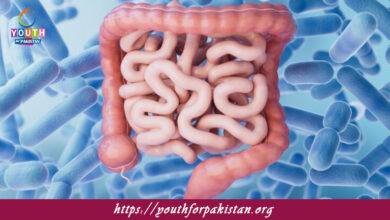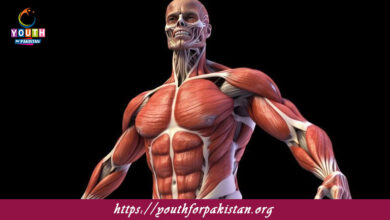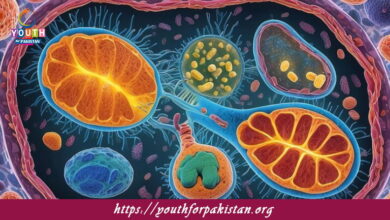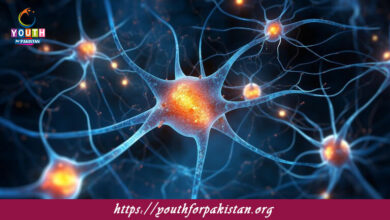Vacuoles MDCAT Quiz with Answers
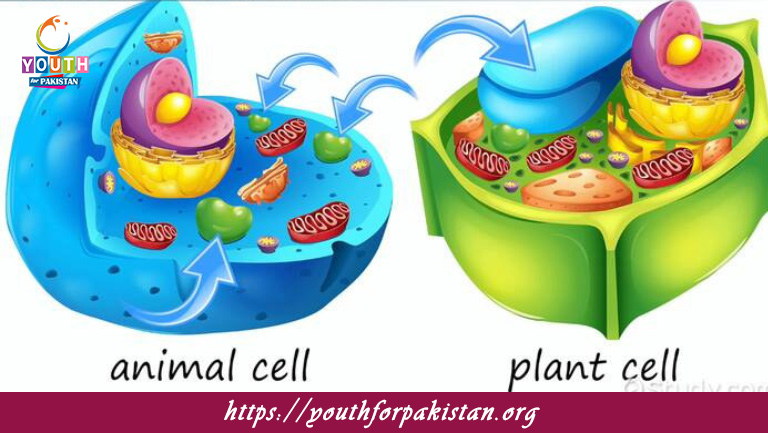
The Vacuoles MDCAT Quiz is an important study tool for the students of MDCAT aiming to excel over the topic vacuoles that plays a central role in plant and animal cells. Vacuoles are organelles consisting of a membrane with several essential functions, which include storage, removal of waste materials, and holding up cell turgor pressure. For aspirants of MDCAT, knowing the structure and function of vacuoles is very essential since this topic mostly features in the questions of cellular biology. This quiz will take you through the different parts of vacuoles to ensure you are adequately prepared for the MDCAT.
Structure and Function of Vacuoles
Vacuoles are large fluid-filled sacs found in the cytoplasm of cells. They come in different sizes and numbers, depending on the cell type. In plant cells, the central vacuole helps in maintaining cell rigidity and stores nutrients, water, and waste products. It also maintains the osmotic balance inside the cell. In animal cells, vacuoles are smaller and primarily used for storage and transport. The structural difference between plant and animal vacuoles is very important for MDCAT students because it helps explain their functions.
Vacuoles and Homeostasis
Vacuoles do not only act as storage organelles but also maintain cellular homeostasis. In the plant cell, vacuoles contribute to the maintenance of shape and pressure through turgidity, an important feature of plant structure and growth. Sometimes, vacuoles also play a role in detoxification by sequestering toxic substances that might damage the cell. Understanding how vacuoles contribute to stability and homeostasis in cellular terms will arm MDCAT students with preparatory knowledge if they have cell-related questions based on cellular functionality and organelle-specific actions.
MDCAT Vacuoles Quiz
This MDCAT quiz over vacuoles is a test about the knowledge pertaining to this indispensable organelle. The multiple-choice questions relate to the plant and animal cellular vacuole structure, the functions, as well as why vacuoles have such importance. With this quiz, MDCAT candidates can assess their knowledge and pinpoint areas for further study. The role of vacuoles in cellular processes is vital for acing the examination since it is a basic concept in cell biology. The practice with quizzes like this will strengthen your understanding and boost your exam confidence.
Free Flashcard
Using free flashcards can help you quickly review the key functions and structures of vacuoles to improve your study process. These flashcards will provide basic knowledge on vacuoles as storage systems, vacuole activities involving waste disposal and the turgor pressure maintaining, that could be retrieved upon revision of the flashcards by the candidates preparing for the MDCAT examination. Frequent practice through these flashcards also increases their chance to recall those facts while answering during the actual MDCAT.
Experience the real exam environment with our expertly designed collection of over 25,000 MCQs MDCAT Mock Tests.



